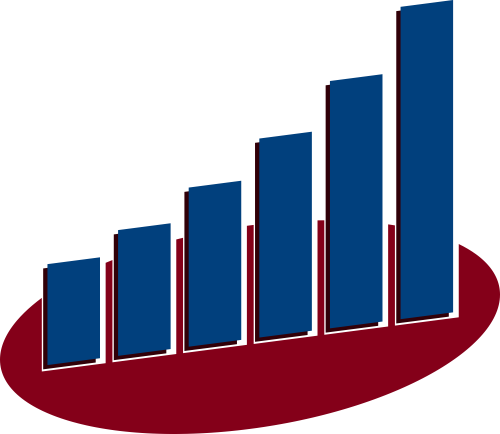Features
Browse through some of the key features in Toxchem to observe the interface simplicity and tools available to analyze and report results.

Browse through some of the key features in Toxchem to observe the interface simplicity and tools available to analyze and report results.

Look through Toxchem's comprehensive selection of unit process.

Review the extensive list of contaminants included in Toxchem.
Toxchem is mainly used for estimating VOC air emissions from wastewater collection, preliminary/primary/secondary treatment and disposal facilities. The site specific wastewater characteristics, contaminant properties and the process design and operating information are used to estimate VOC emission rates.
In addition to air emission estimates, Toxchem can also be used to estimate the concentrations/loads of contaminants in the water effluent, or oil and residual solids streams.
Toxchem is based on fundamental mass transfer equations and mass balances including the removal mechanism of stripping and volatilization, biodegradation and sorption. Thus, it can also be used to determine the fate of any synthetic chemical compounds for which the physical, chemical and biodegrading properties are known.
Typical applications could be in assessing the fate of chemicals for the REACH legislations in EU or studying the fate of Endocrine Disrupting Compounds in wastewater treatment plants.


Toxchem was developed in early 1990s as an alternative to Water8 (Water9) software developed by EPA to overcome limitations of Water8/9, including improved mass transfer processes, sorption of contaminants to solids, and a compound database containing critically-reviewed physical, chemical and biological properties.
The National Emission Standards for Hazardous Air Pollutants (NESHAPs) promulgated after the 1990 Clean Air Act Amendments are found in 40 CFR Part 63. These standards provide guidelines to meet the compliance with wastewater rules that regulate emissions of semi-volatile and volatile organic compounds (VOC). Toxchem was specifically included in Appendix C of 40 CFR Part 63 as an accepted alternative to Water 8 for estimation of wastewater treatment emissions.